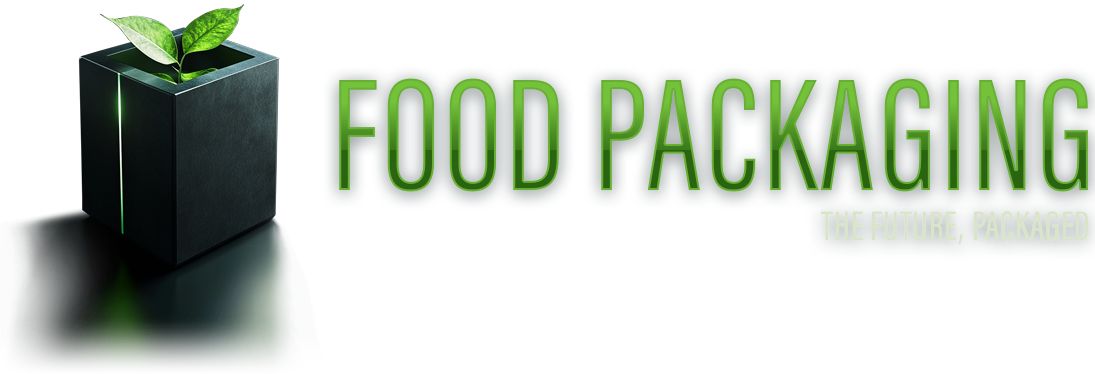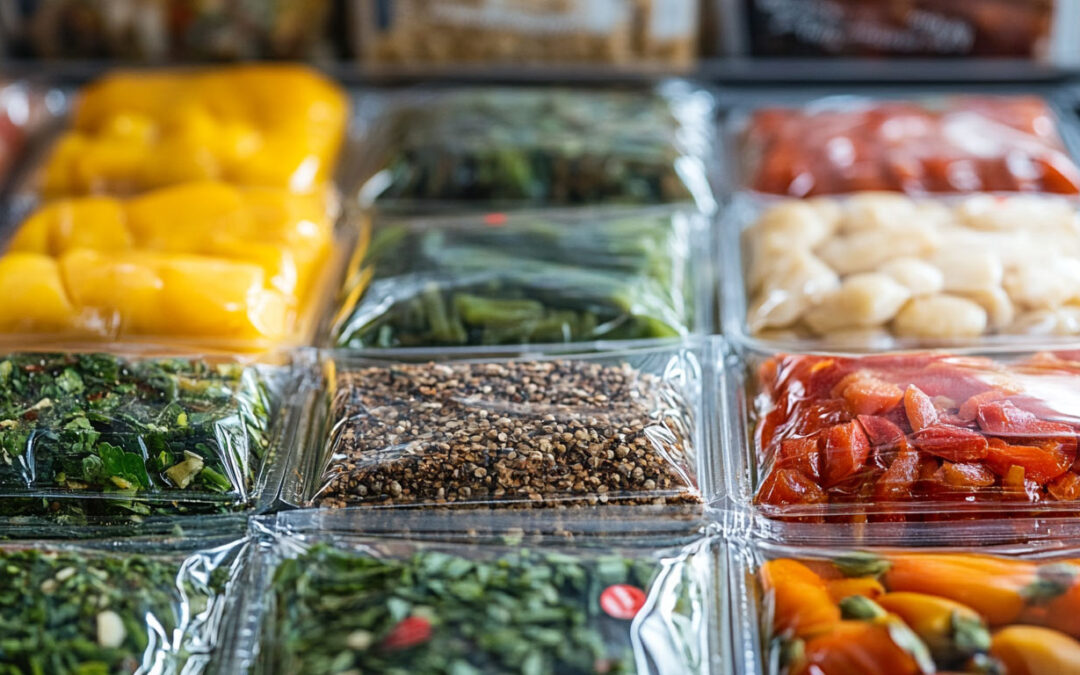Food packaging is far more than just a container. It plays a critical role in protecting, containing, and communicating essential information about the food we consume, while also offering convenience to users. Beyond that, with growing environmental concerns, packaging now focuses on sustainability through the four R’s—reduce, reuse, recycle, and recover. As we continue to innovate and look for ways to improve, the future of food packaging will likely become even more efficient and eco-friendly.
By understanding the essential functions and factors of food packaging, we can make better choices both as consumers and as a society working toward a sustainable future.
The Four Main Functions of Food Packaging
- Protection
The primary function of food packaging is to protect the contents inside. This means keeping the food safe from physical damage, contamination, and exposure to harmful environmental factors such as light, moisture, and air. The right packaging prevents spoilage, maintains the quality of the food, and ensures it remains safe to eat. - Containment
Packaging keeps food contained in a specific shape and space. Whether it’s a liquid, powder, or solid, the package ensures the food stays where it needs to be and doesn’t spill, leak, or get crushed. This is particularly important during transportation, storage, and even while the food is displayed on store shelves. - Communication
Food packaging also communicates important information to consumers. Labels include vital details such as nutritional information, ingredients, expiration dates, and even cooking instructions. This allows consumers to make informed choices about the products they purchase and consume. Beyond that, packaging is also a way for brands to market their products, with eye-catching designs and messaging. - Convenience
Convenience is another major function of food packaging. It ensures the product is easy to handle, open, and store. For instance, resealable bags, easy-pour spouts, and single-serve containers offer convenience to the consumer. This function also includes packaging that can extend the food’s freshness after being opened, such as vacuum-sealed or airtight containers.
What Are the Four Main Food Types?
Food packaging caters to different types of food, each with specific needs:
- Perishable Foods
These include fresh fruits, vegetables, meat, and dairy products that have short shelf lives and need packaging designed to preserve their freshness and prevent spoilage. - Non-Perishable Foods
Foods like canned goods, dry pasta, and rice fall into this category. These products can last for long periods when packaged properly, typically in sealed or vacuum-packed containers. - Semi-Perishable Foods
Foods such as bread and pastries need packaging that can extend their shelf life by protecting them from moisture and air, while not requiring refrigeration. - Prepared Foods
Ready-to-eat or ready-to-cook meals, including frozen foods and snacks, often come with packaging designed for easy preparation and convenience.
What Are the Four R’s of Packaging?
Sustainability in packaging is becoming increasingly important. The four R’s of packaging guide us in making eco-friendly choices:
- Reduce
This focuses on minimizing the amount of packaging used. Reducing packaging waste at the source means using less material while still keeping the food safe and protected. - Reuse
Reusing packaging involves designing it to be durable enough to be used multiple times, like glass jars or reusable plastic containers. - Recycle
Recycling packaging helps to repurpose materials instead of throwing them away. Consumers are encouraged to recycle items like paper, cardboard, and certain plastics after use. - Recover
Recovering energy from packaging waste through processes like incineration converts waste into usable energy, reducing the environmental impact of food packaging.
What Are the Four Key Factors to Consider in Packaging?
When developing or choosing packaging for food, manufacturers must consider several important factors:
- Material Choice
Selecting the right material is crucial for both functionality and sustainability. For instance, glass, plastic, and cardboard all have different properties that work better for different types of food. - Food Safety
Packaging must be safe and not interact with the food it contains. For example, certain plastics are not suitable for high-heat environments, while others are food-safe and can preserve freshness. - Cost Efficiency
Packaging needs to be cost-effective for manufacturers while still maintaining its primary functions of protection, containment, and communication. - Environmental Impact
More companies are shifting towards eco-friendly packaging that reduces waste and environmental damage. Biodegradable materials and recyclable packaging are becoming more common as consumers demand sustainable options.

